We survey Seiko’s half-century-plus of mechanical chronographs in this comprehensive historical feature from the WatchTime archives. Scroll down to discover the Japanese brand’s contributions to the world of chronograph wristwatches.
Caliber 5719: Japan’s First Wrist Chronograph
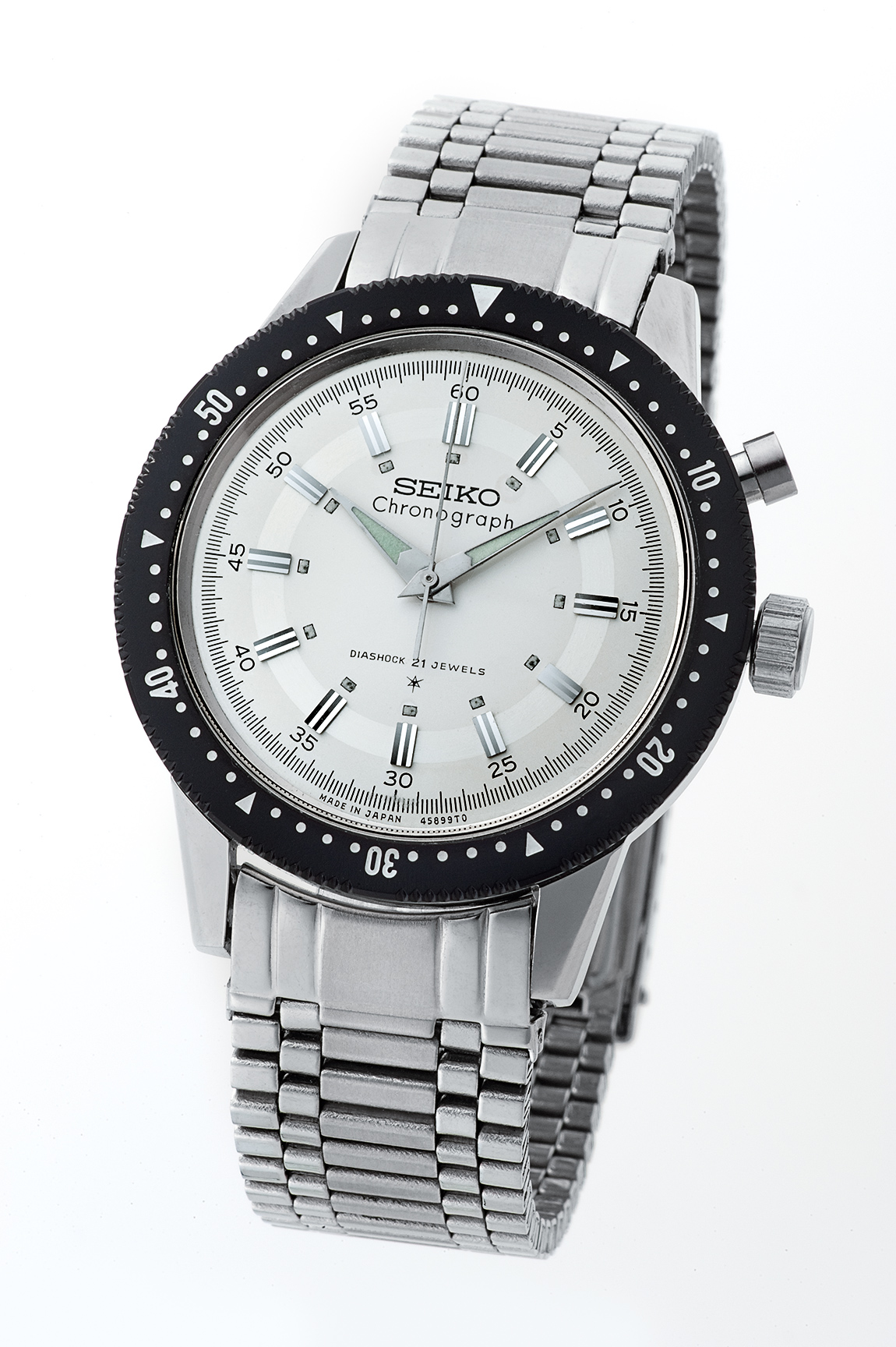
When Seiko set out to design Japan’s first wristwatch chronograph, its goal was to produce a watch that was as much status symbol as timing device. Suwa Seikosha, i.e., Seiko’s factory in the city of Suwa, developed the watch, which was launched in time for the 1964 Summer Olympics. It was powered by the 12-ligne, hand-wound Caliber 5719. The salient features of this 6.1-mm-thick movement included a single button to trigger the chronograph’s functions, horizontal coupling, and a column wheel to control the start, stop and return-to-zero functions. The balance was paced at 5.5 hertz, or 39,600 vph. With the chronograph mechanism switched on, the movement would run for 38 hours. The case was made of steel and was 38.2 mm in diameter and 11.2 mm thick.
The watch had no elapsed-time counter, so Seiko equipped it with a rotating bezel calibrated in 1-minute increments. To measure an interval longer than 1 minute, the user started the chronograph and then rotated the bezel until the tip of the large triangle was directly opposite the tip of the minutes hand. After he stopped the chronograph at the end of the interval, he read the elapsed minutes using the rotating bezel and the elapsed seconds using the regular dial. The problem with this first chronograph series was that the bezel had a tendency to break. Seiko rectified this by replacing the fragile bezel with a sturdy, steel one.
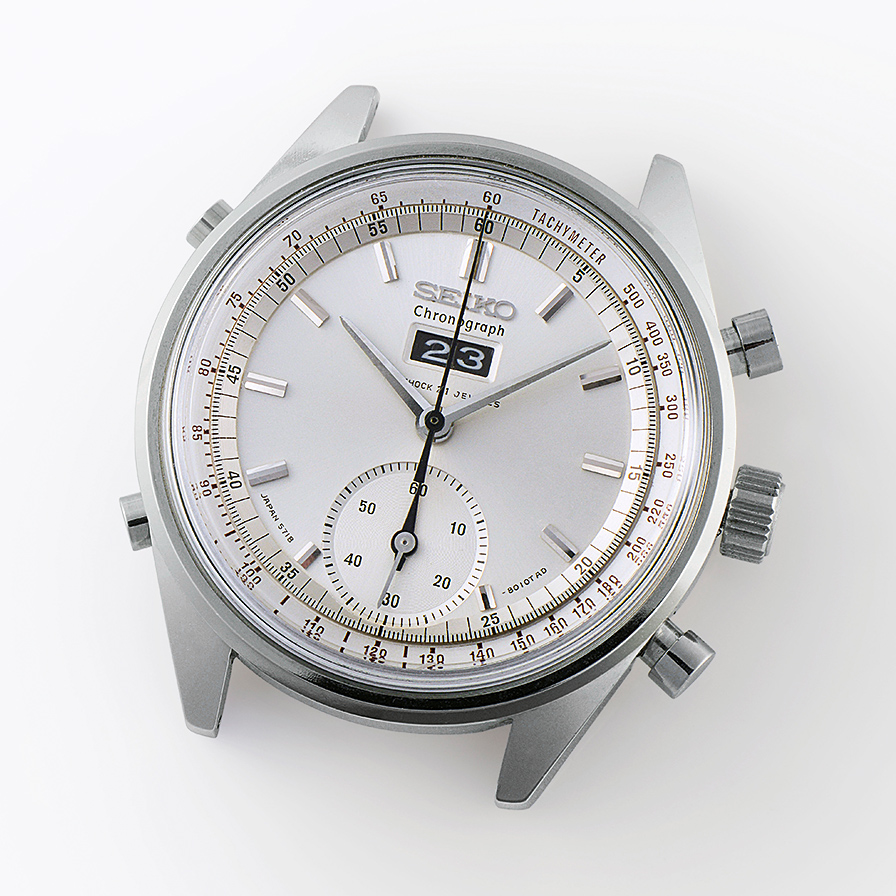
Seiko brought out another version of the movement, the 6.4-mm-thick Caliber 5718, in a limited-edition steel watch that today is extremely rare and highly coveted by collectors. What looks like a date window at 12 o’clock is actually a golf-stroke or point counter, operated by means of the two buttons on the left side of the case. Another special feature is a subdial at 6 o’clock that doubles as an elapsed-minutes counter and a running-seconds display. There is a tachymeter scale along the dial’s periphery.
Caliber 6139: First Automatic Chronograph On The Market
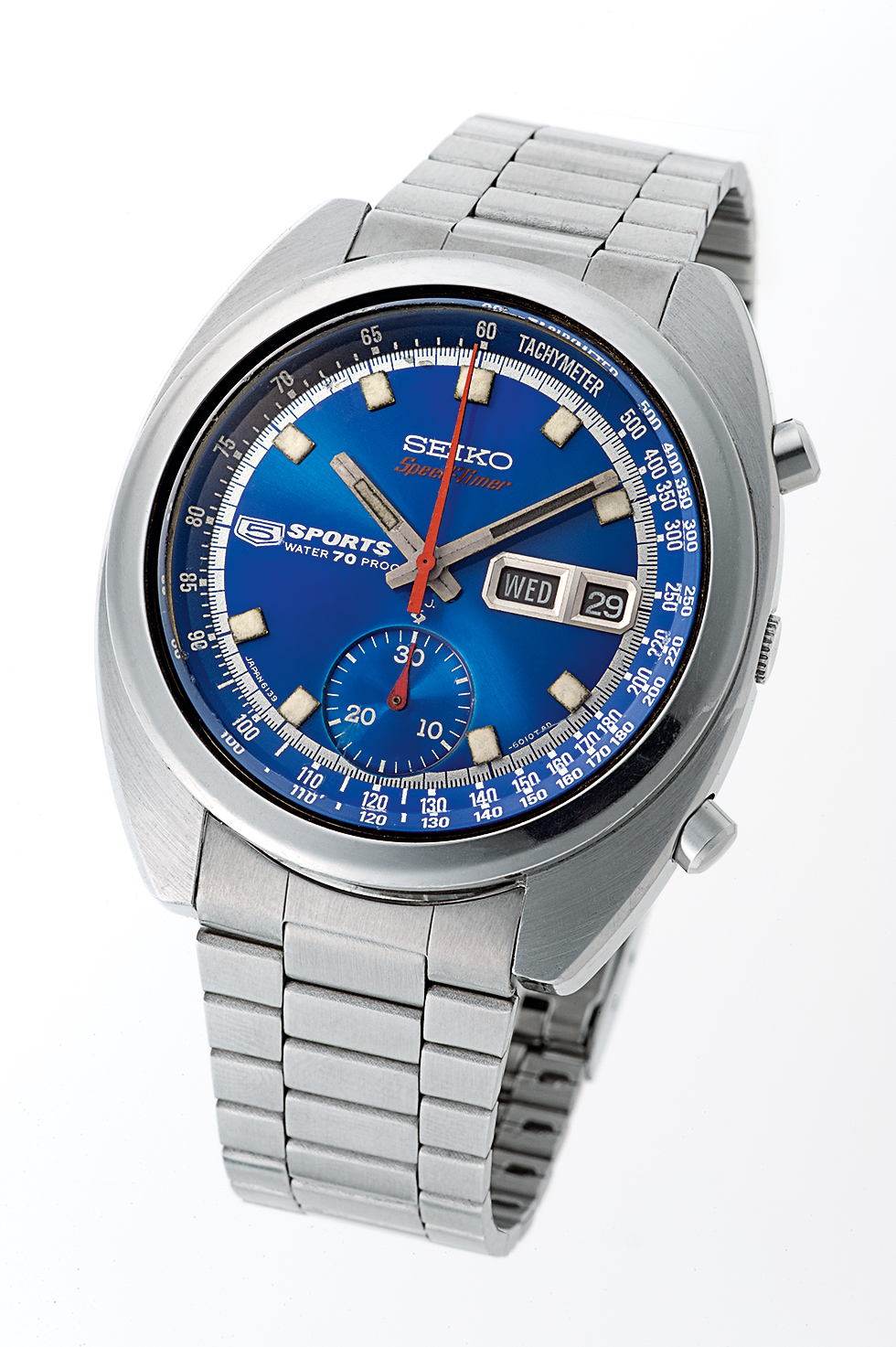
It’s well known that Swiss companies were working feverishly in the 1960s to develop a self-winding chronograph, but no one knows whether their Japanese competitors knew about these efforts. Seiko started working on the self-winding Calibers 6139 and 6138 in 1967, even though by then much of the watch industry was focusing its attention on quartz technology. It took the company just two years to develop Caliber 6139. Remarkably small, it had a diameter of 27.4 mm and a height of 6.5 mm. Its mainspring was a ball-borne, center-mounted rotor, which worked in conjunction with Seiko’s innovative Magic Lever (still in use today), a click-winding system that can use the rotor’s kinetic energy regardless of which way the rotor turns. After being fully wound, the watch would run for 36 hours with the chronograph switched on.
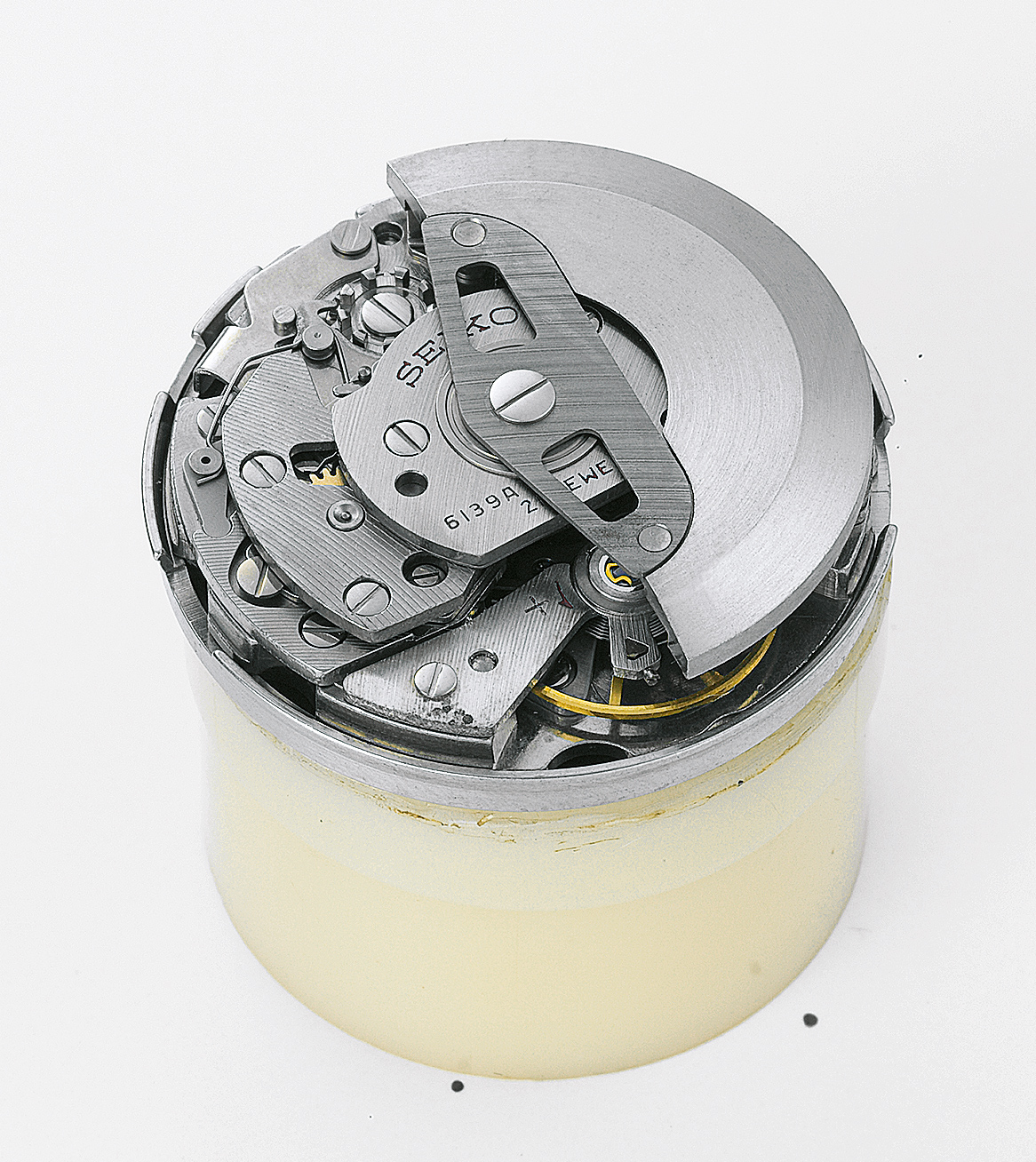
To improve the rate performance, the caliber’s developers gave the balance a frequency of 3 Hz (21,600 vph), instead of the then-standard 2.5 Hz (18,000 vph). Other technical specifications included a column wheel to control the chronograph’s functions, a counter for 30 elapsed minutes at the “6,” and vertical coupling. This last feature was quite innovative at the time: its debut here significantly predated its premiere in Swiss watches. In addition to a date display, Seiko also equipped this model with a bilingual (Japanese and English) indicator for the day of the week.
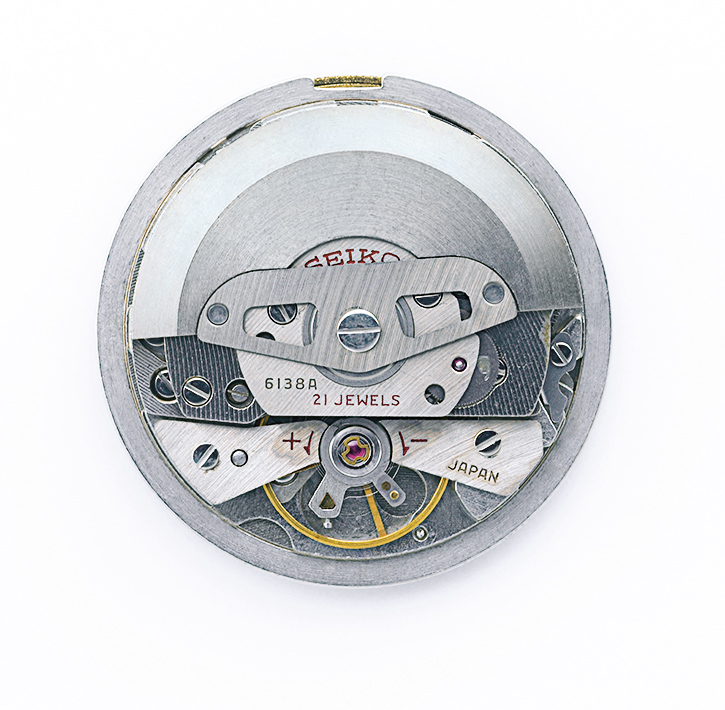
The new movement, housed in a watch called the 5 Speed-Timer, appeared in stores in mid-May of 1969. Seiko therefore won the race to bring the first automatic chronograph to market. (Two competitors, Zenith and a consortium of other Swiss companies − Breitling, Heuer, Hamilton-Buren and Dubois Dépraz – brought automatic chronographs to market later in the year.) Caliber 6138, which was 7.9-mm thick, debuted in 1970. It differed from Caliber 6139 because it had a running seconds hand and a counter for 12 elapsed hours. Seiko also incorporated Caliber 6138 into a so-called “bullhead” model, similar to Omega’s manual-wind bullhead, with pushers at the top of the case instead of on the side.
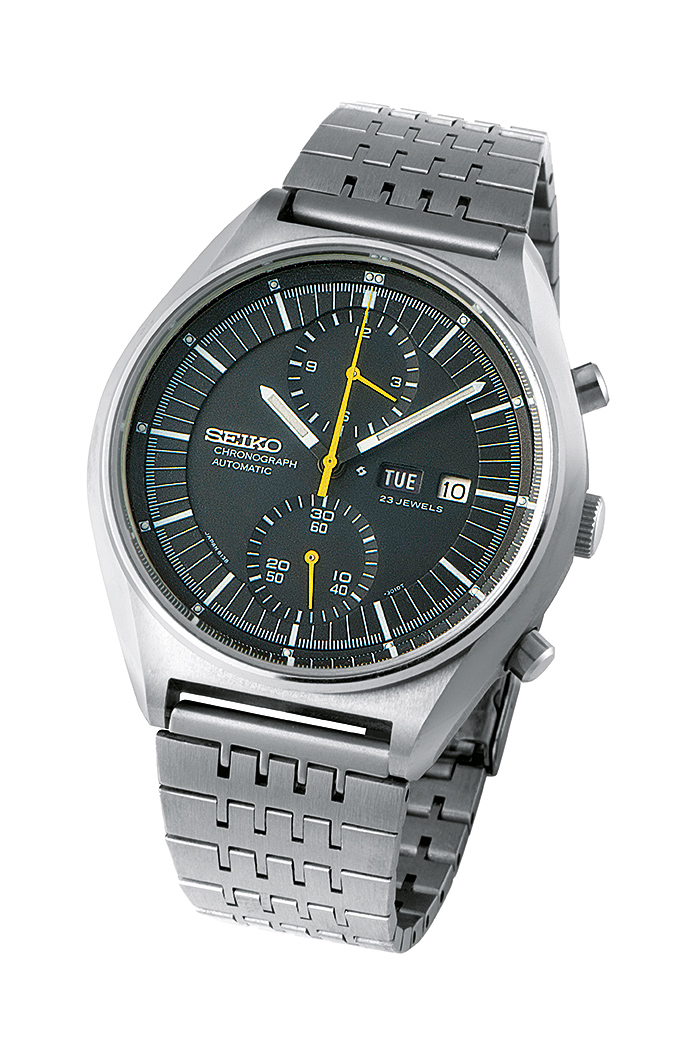 Incidentally, Seiko can also claim the honor of having sent the first self-winding chronograph into outer space. When U.S. astronaut William Reid Pogue flew aboard the Skylab-4 mission in 1973 to 1974, he wore a watch (nowadays nicknamed the “Pogue Seiko”) powered by Caliber 6139.
Incidentally, Seiko can also claim the honor of having sent the first self-winding chronograph into outer space. When U.S. astronaut William Reid Pogue flew aboard the Skylab-4 mission in 1973 to 1974, he wore a watch (nowadays nicknamed the “Pogue Seiko”) powered by Caliber 6139.
Caliber 7017: Slim Automatic Chronograph
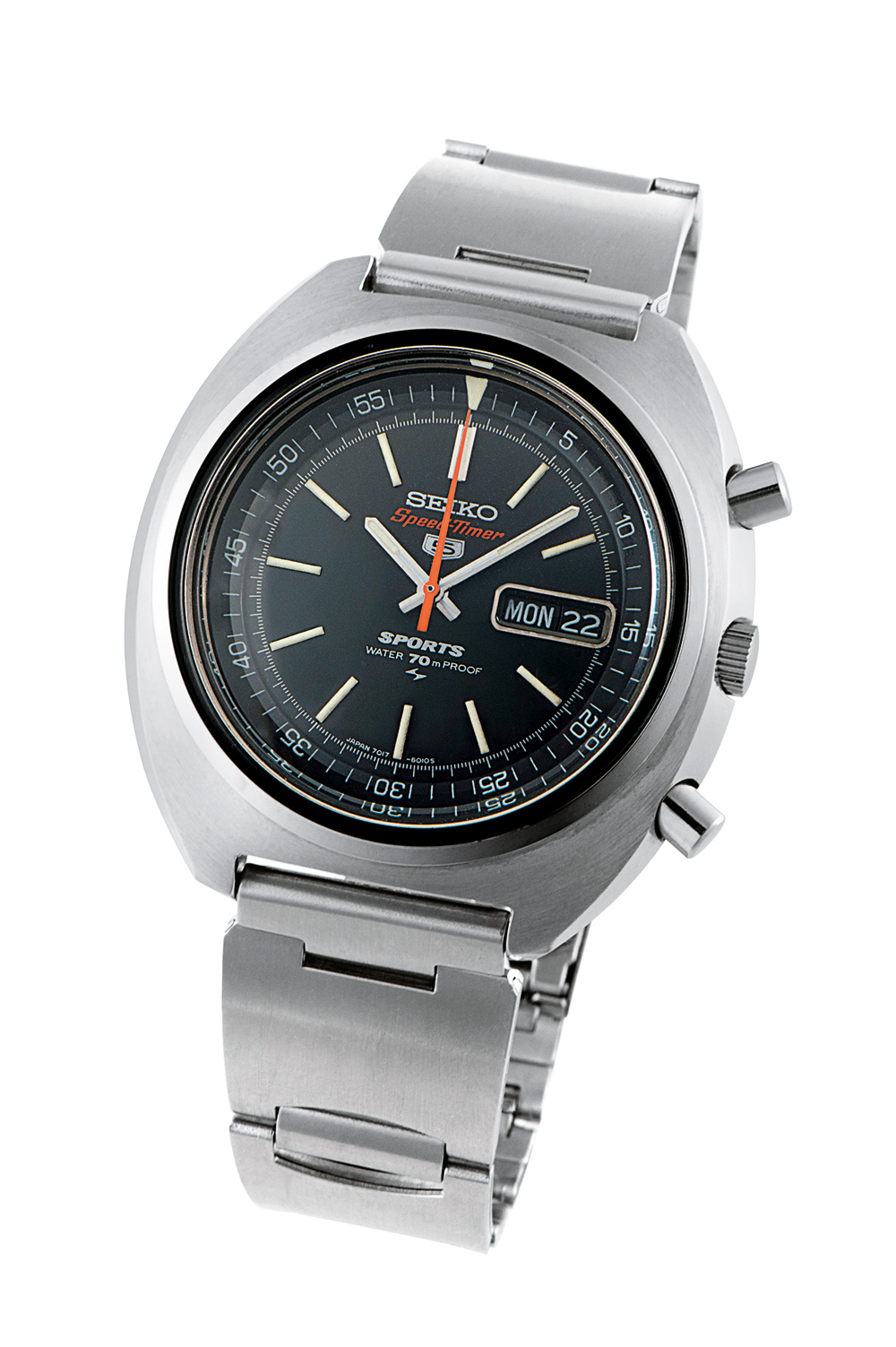
In 1970, Daini Seikosha, which that year became Seiko Instruments Inc. (SII), introduced the so-called “70s Series” of mechanical chronograph movements. With a thickness of just 5.9 mm, the 27.4-mm-diameter Caliber 7017 set a world record. The Magic Lever winding system, the column wheel and the vertical coupling all recalled Caliber 6139, but the 7017 was a genuinely new movement with many special features, including a “creeping” hand to tally the elapsed minutes. Decreasing the overall number of components made the movement more compact and its servicing easier. But to achieve the movement’s record-breaking slimness, the designers had to leave out an elapsed-minutes counter. They retained digital displays for the date and day.
The equally slim Caliber 7018 debuted in 1971: it had a counter for 30 elapsed minutes. Caliber 7015 and Seiko’s top-of-the-line Caliber 7016 followed in 1972. The latter had two concentrically rotating hands in a subdial at 6 o’clock: one for the running seconds and the other to tally up to 30 elapsed minutes.
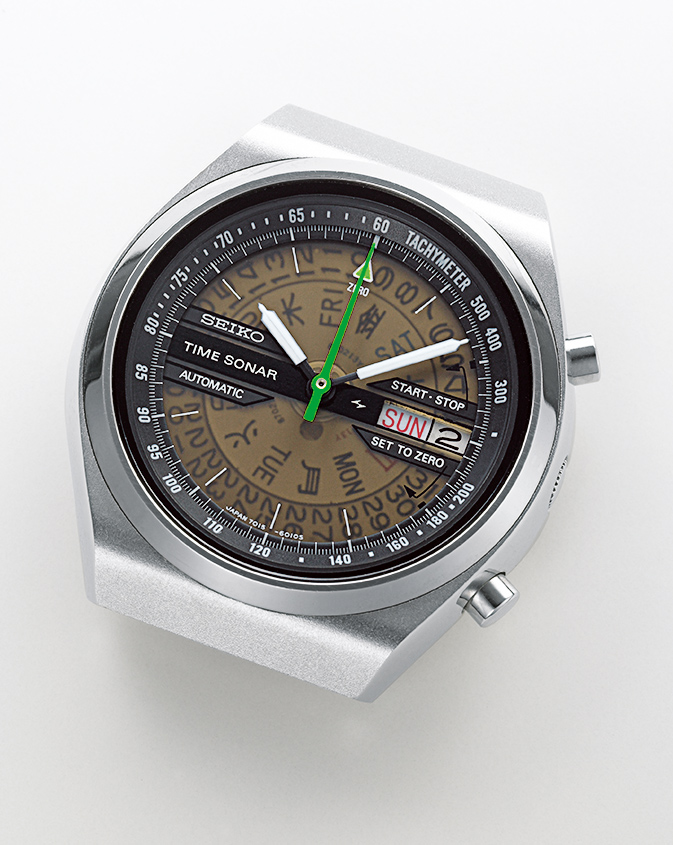
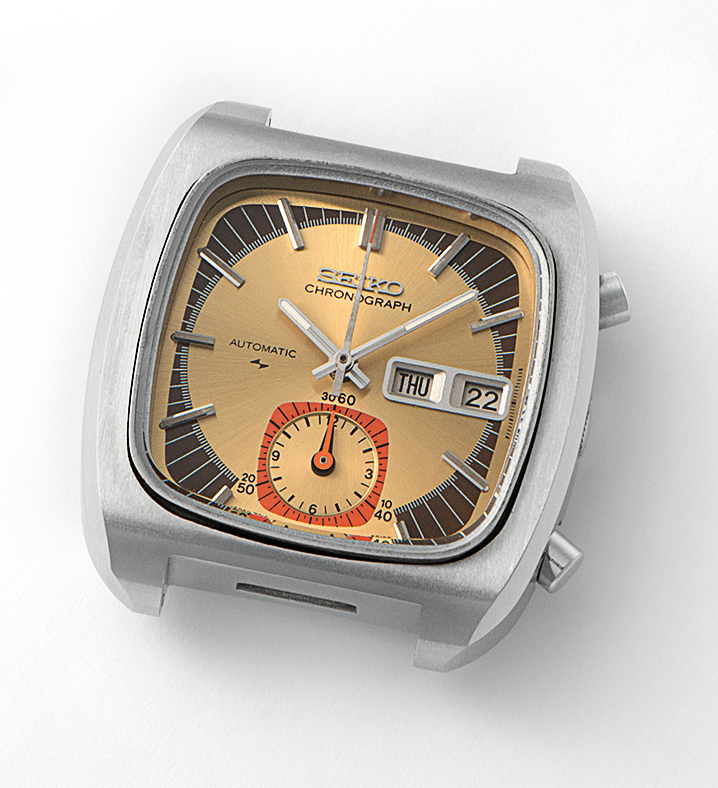 Seiko discontinued production of mechanical chronograph calibers in 1977. In the early 1980s, it stopped making mechanical watches altogether.
Seiko discontinued production of mechanical chronograph calibers in 1977. In the early 1980s, it stopped making mechanical watches altogether. 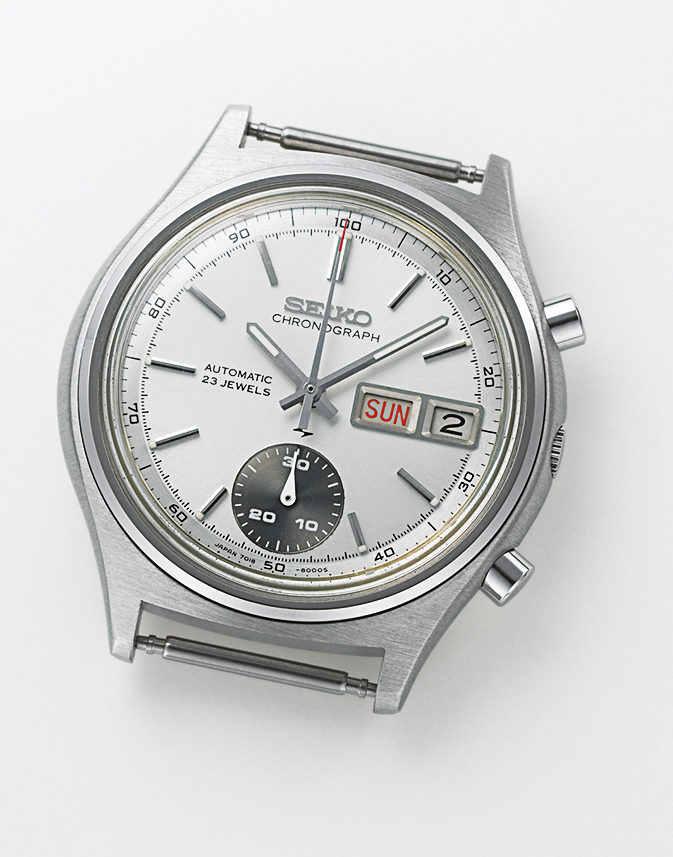 The machines used for their production were assigned to the scrap heap, but veteran employees refused to follow orders and did not destroy them. Thanks to these employees, the renaissance of mechanical watches – which had begun in Europe several years before – could commence in Japan in the mid-1990s.
The machines used for their production were assigned to the scrap heap, but veteran employees refused to follow orders and did not destroy them. Thanks to these employees, the renaissance of mechanical watches – which had begun in Europe several years before – could commence in Japan in the mid-1990s.
Caliber Series 6S: The Chronograph Reborn
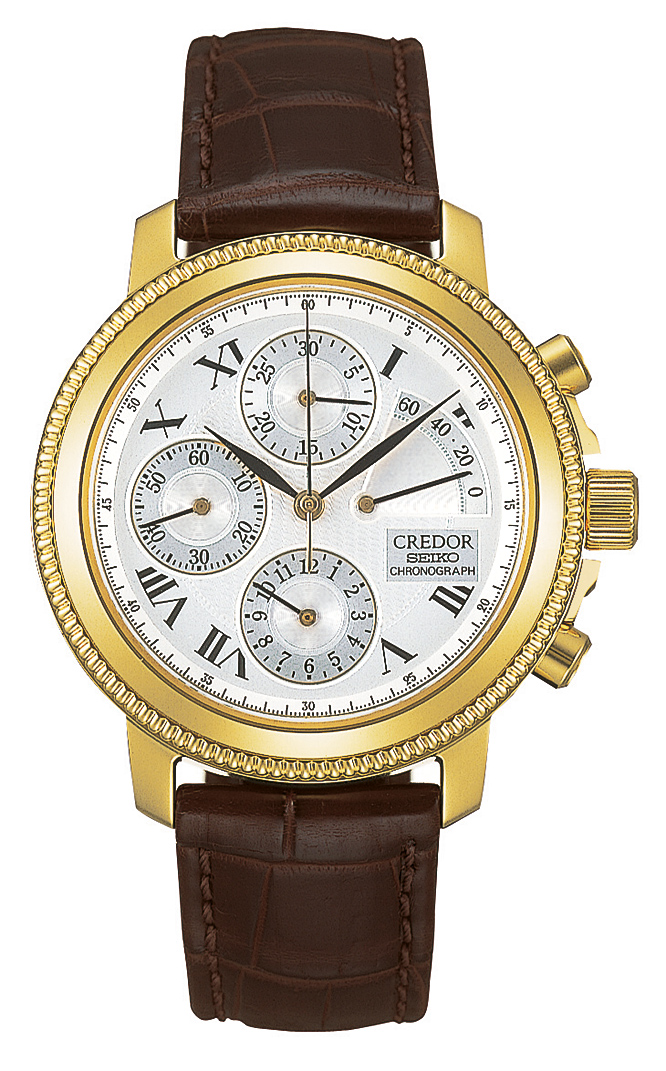
In 1998, Seiko began making mechanical chronographs once again, relying on its veteran engineers and watchmakers, some of whom had retired but agreed to return to work on the project. The 28.4-mm- diameter calibers in Series 6S were initially intended only for the domestic market, for which they were encased in Seiko’s prestigious Credor line. The 5.8-mm-thick, hand-wound Caliber 6S74 from 1998 had a balance paced at 4 Hz (28,800 vph) and a 60-hour power reserve. The watch had no date window but it did have a 30-minute counter, 12-hour counter and power-reserve indicator. Like its forebears, Caliber 6S74 had a column wheel. Unlike them, the connection between the gear train and the chronograph was achieved by means of a rocking pinion, not by vertical coupling.
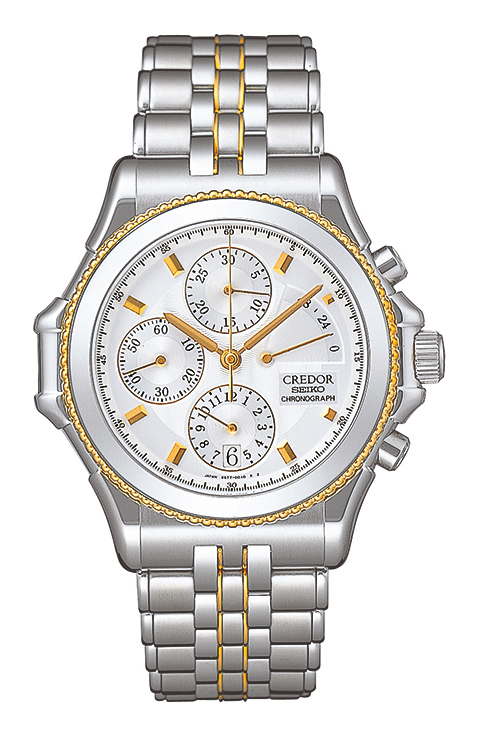
In ensuing years, Seiko derived a whole series of other chronograph movements from this base caliber. These included the 7.2-mm-thick Caliber 6S77, which debuted in 1999. It was an automatic equipped with the Magic Lever winding system. It had a date display and a 50-hour power reserve.
Another automatic, Caliber 6S78, also debuted in 1999. Caliber 6S99, the skeletonized version of Caliber 6S74, appeared on the market in 2000. It was joined in 2001 by the self-winding Caliber 6S37, which supports both a date indicator and a power-reserve display. Caliber 6S96, which was based on Caliber 6S77, had a 60-hour power reserve but no date window.
Lastly, in 2005, Seiko launched Caliber 6S28, based on the 6S78. With this movement, Seiko made the same change ETA had made with its Caliber 7750, which morphed into Caliber 7753 when its counter for 30 elapsed minutes migrated from the “12” to the “3.” Caliber 6S28 has a date window between the “4” and the “5.”

Seiko sold Caliber 6S78, which Seiko called “TC 78,” to third parties. Its customers included Junghans, which renamed the movement J890. TAG Heuer also purchased the TC 78, subjected it to major alterations, manufactured a large percentage of its components in its own factory, and rechristened it “Caliber 1887.”
Caliber Series 8R: Seiko’s Chronographs Today
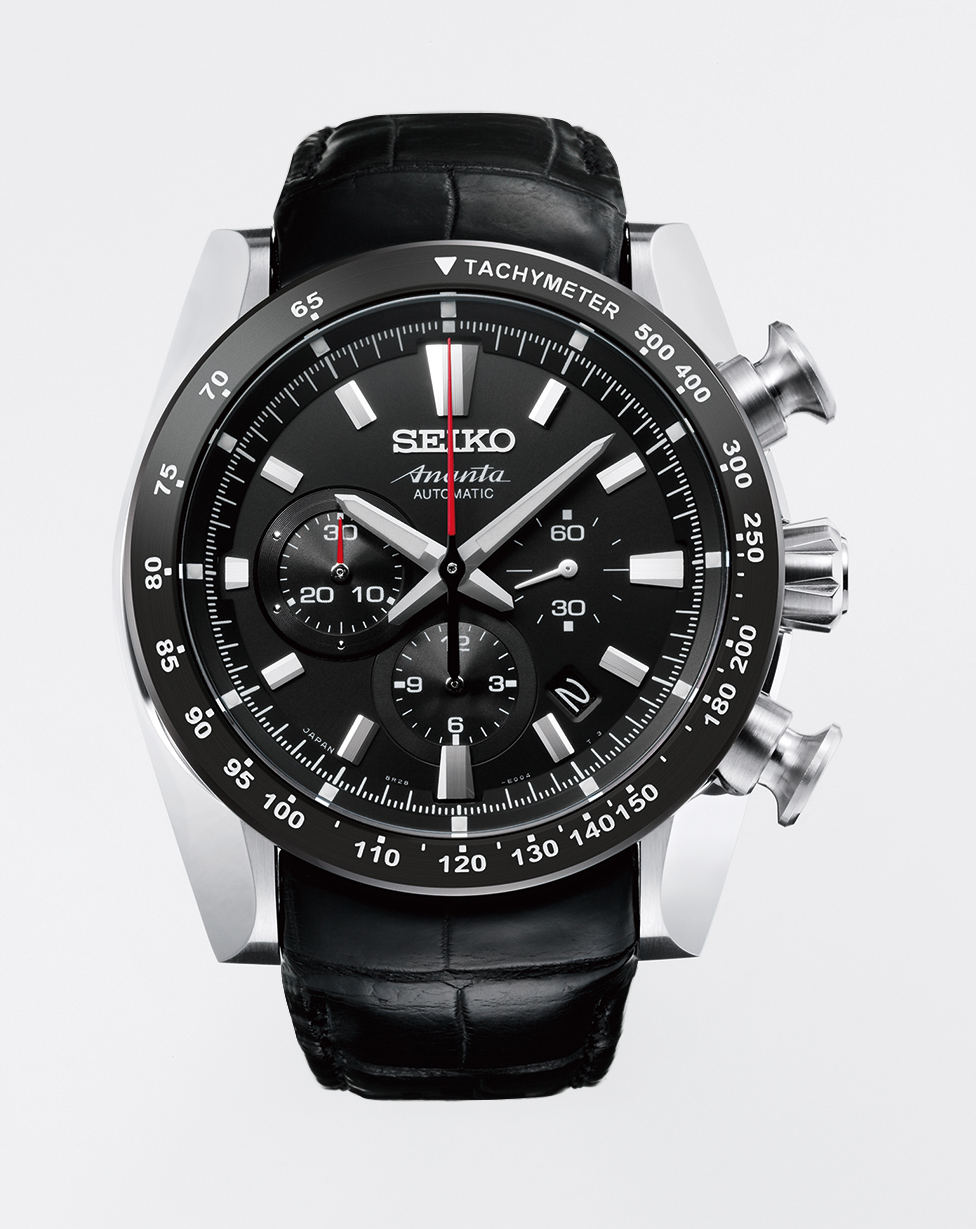
In 2009, 40 years after the premiere of Caliber 6139, people who visited Seiko’s stand at Baselworld saw a brand-new automatic chronograph called Ananta. It contained Caliber 8R28, which went into serial production in 2008. The newcomer combined traditional Seiko chronograph features such as a column wheel, vertical coupling and Magic Lever winding system with recent innovations including a three-pointed hammer that ensures all the chronograph counters return to zero simultaneously. The 8R28 has a power reserve of more than 45 hours. Seiko makes the balance, balance spring and escapement itself. The movement is 28 mm in diameter and 7.2 mm thick. It has a frequency of 4 Hz (28,800 vph) and contains 292 parts.
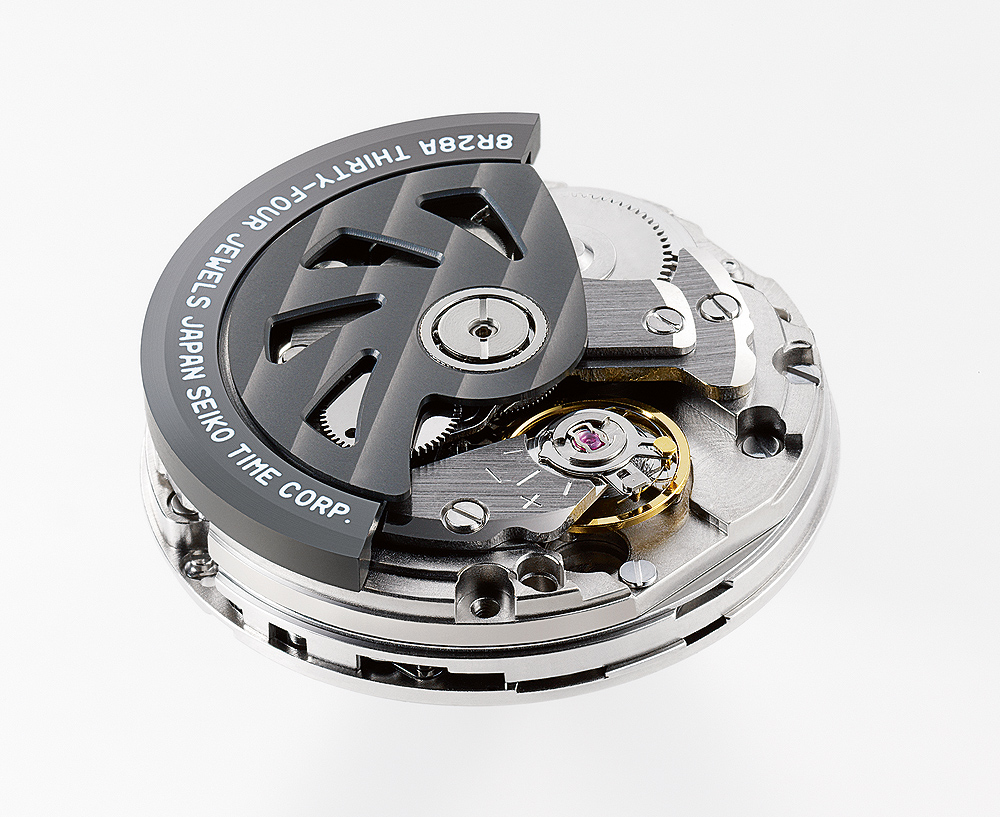
Caliber 8R39, launched in 2011, is 7.6 mm thick. It was designed for dive watches. Caliber 8R48, 7.5 mm thick, followed in 2014 and is used in the Brightz, which is sold only in Japan.
As an alternative to ETA’s Caliber 7753, third parties can opt for Seiko’s Caliber NE88A. Based on Caliber 8R39, it debuted in August 2014 and is 7.63 mm thick.
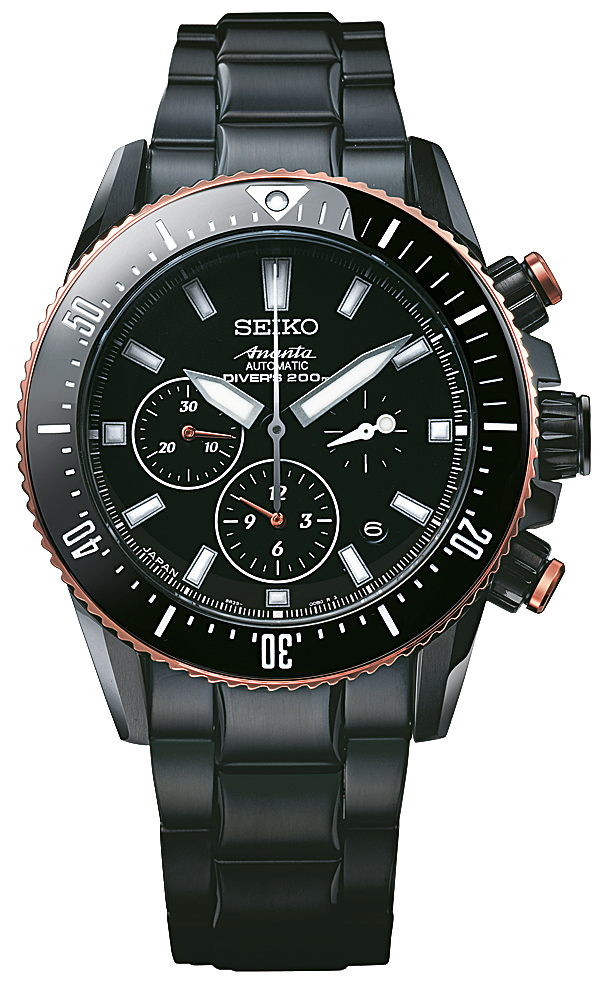

This article was originally posted in September 2017.

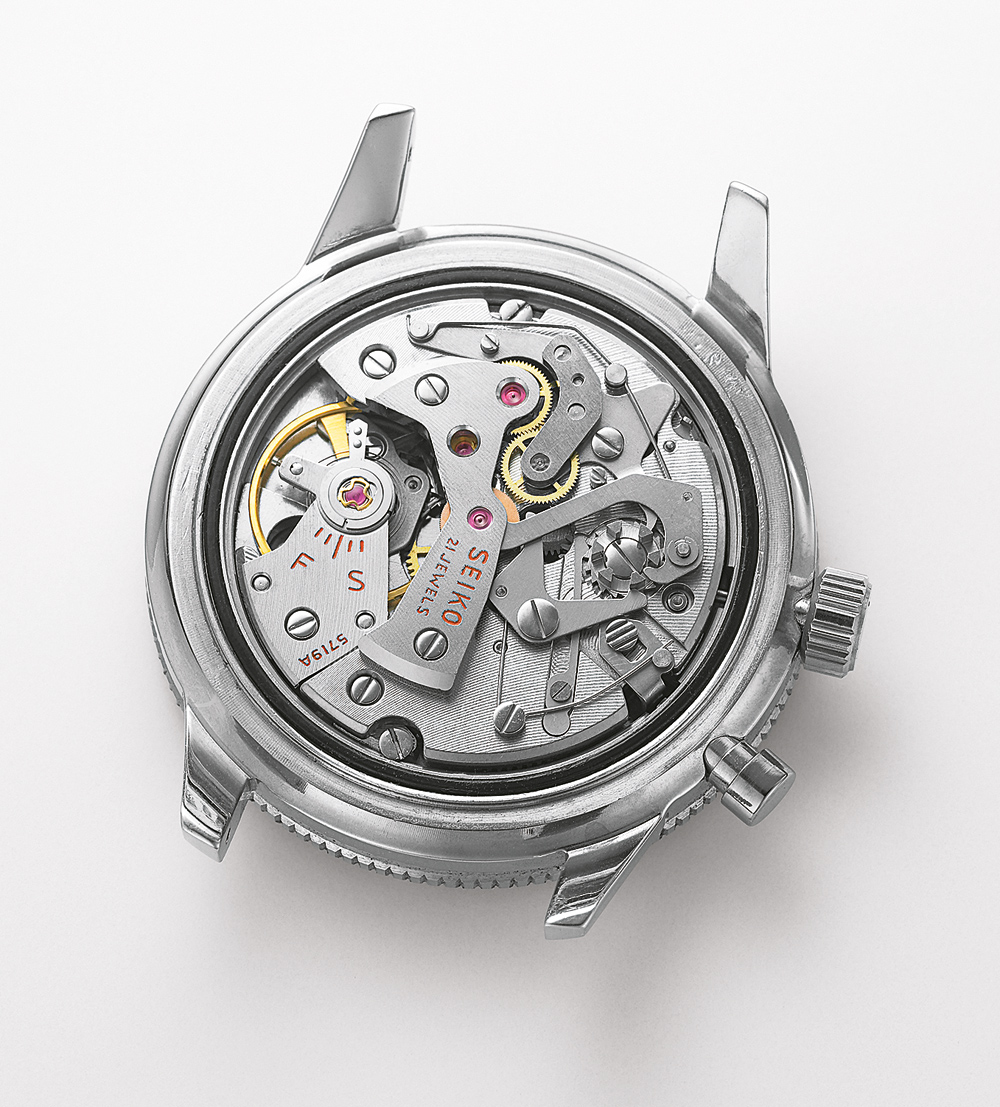
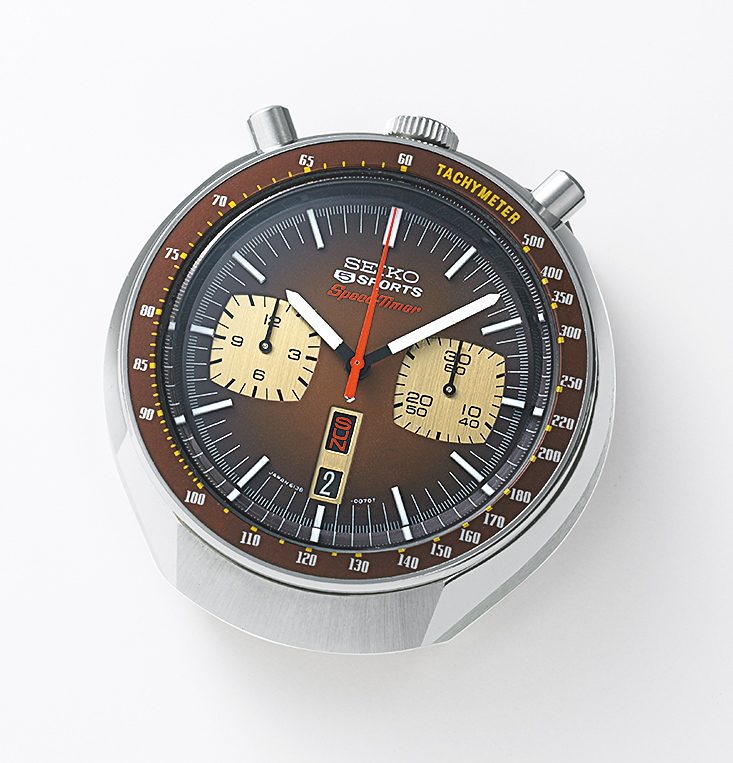
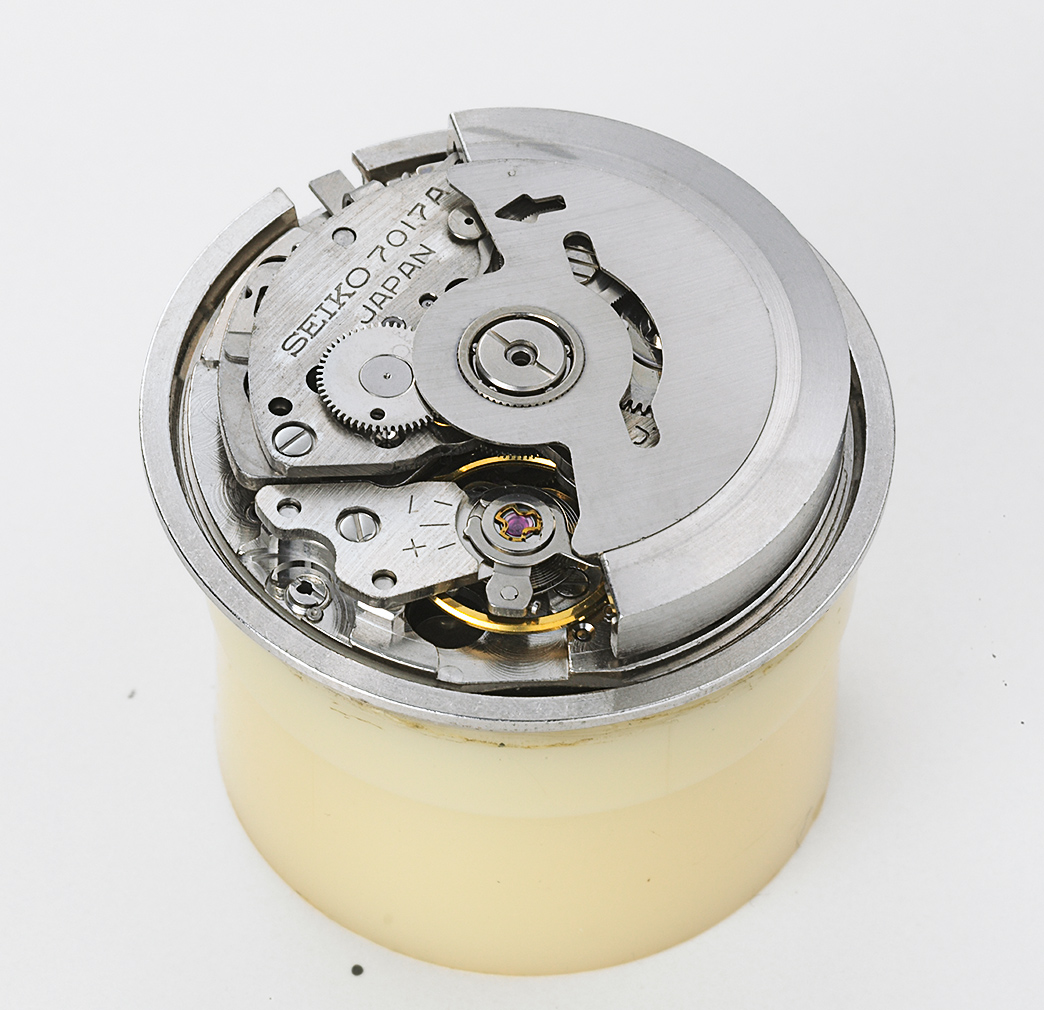



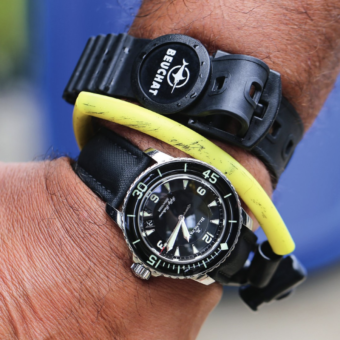



It is unfortunate that the ladies chronometers from the late 60’s to mid 70’s was not mentioned. Especially the very tiny mechanical model 1944-0020 Chronometer, I have one on the Timegrapher now showing -3 seconds a day, unopened since July 1970 when it was made. Amazing performance.
I have a Seiko Brightz SAGH001 Phoenix with 6s28 movement its in A+ shape looks a lot like the Credor above with date function, amazing watch
Would like a chronograph if it was cheap enough
Never had one
This is a fntastic article and historic overview of seikos underated contribution to the development of chronograph horology and its place in history as a proud player in a very competitive industry. cheers!
how about snda27 .snda67. Snda57? I need one?
Great Article
Too bad the design of the new models do not have the same class of the first ones.
Quisiera saber sobre el Seiko Amant, publicadas y no encuentro especificaciones, precio ni paises de vende, .
Agradecere me aclaren mis dudas, ya que me interesa interesa y pretendo adquirirlo
Atte José Luis Barrangu
Seiko watches have always been apart of my life.My no.1 brand.
Very happy if i could own one
This article is informative for me. I learnt lot of things about matches particularly about seiko.
Beautiful. I like Seiko . Amazing watches.
Wonderful review! Well written, comprehensive and great photos. Well done and thank you for doing all the research and sharing it. As a Seiko enthusiast I found it a great read and very informative. Regards, Tom.
Seiko is nice woch
Look nice,what is the price?
What is the difference between 7017 and 7015 movements? Both have only three hands.
Golden Galaxy watch
I want Seiko want Seiko watched since 1985 from 1990 unique shape I miss my watch i search lot’s of web but no results this whatch not a round shape not a square I dimond cut shape chain watch and grey and copper looks amazing
interested to know the price: 8R28 and 8R48
Great article, however my Seiko experience is very poor.
My world timer is missing a pusher and Seiko cannot supply the paet or repair my watch.
Parts for watches more than 10 years are not stocked.not great after sales .
I have 40 years old Seiko 5 quartz, for some reason i forgot to replace the battery and now its not workings, local agent weren’t able to repair it, can Seiko in Japan get it repaired? This watch has very sentimental value to me. The watch was given to me by my late father for my first job, to ensure I’m not late to work.
I have a Kinetic Seiko with the number 734371. The caliber, I think is 5M42A OE39. It was an automatic with a capacitor battery. I cannot find any reference to it.
Hi.
I m from Pakistan and love Seiko watches….
Seiko ⌚ is the top brand of the world…..
Am impressed with SEIKO chronograph watches
Does Seiko have a compass on a watch
Hi Phil, yes, Seiko has always had compass watches in its collections. Check out the Seiko Prospex Automatic Field Compass SRPD31K1 – https://seikousa.com/collections/prospex
Wow bad ass!
Seiko great watches
I love the appearance of all the watches
Superb
Extremely fascinating
Beautiful article!
Beautiful & luxurious
I liked
Very informative for the present and upcoming generation
I’ve always admired Seiko watches from when I was a little boy until now, in my forties. People can keep their high priced name brands but I will continue to love the Seiko my wife bought me–my first gold chronograph watch–which I believe I still have and I need to find it to see if it can be repaired after over twenty years.
Very interesting article indeed… I am a Seiko lover and have a very nice chronograph with 5 bar, its serial number is Seiko-220221.
Donde puedo adquirir en europa o Suiza el Seiko Ananta Diver calibre 8R39
I didn’t know that Skylab astronaut Col. Bill Pogue used a Seiko watch during his Skylab 4 mission, since I expected him to use the official chronograph of NASA — the Omega Speedmaster. Yet, Apollo 15 commander Col. Dave Scott wore a Bulova watch when he explored the Moon in July/August 1971.
Dónde puedo comprar y valor en € , o u$.
Good Morning –
Why nothing about their line of Solar Chronograph watches ? ? ? ?
When & why did their case size jump from under 40mm to 43 ?
Thickness seemed to also jumped up to 12/13mm.
Where did the nice elegant styling go ?
Please so a followup article and complete the lineup.
Thank You for listening.
rw
Dear Sirs, – I have a Seiko Sports 100 watch, 0D8760, G757 – 5020. Can you verify that this watch was used in a James Bond Movie.
Can I get it from inside Morocco؟
I wish they had continued to produce them with the same style of their first model:- simple and clean. The Caliber 5719 is a timeless beauty. Beats all the others by far.
Good all around watch ,everyone should have a Seiko in their collection , I know I have one that my wife gave me in 1986 and it still runs as good today when I got it back many years ago
The first Caliber 5719 from 1964 will remain a timeless classic forever. The new ones lack the same class of the first.
I need more info about chronograph mechanical functions
Very good article.
I have just purchased a Speed-timer 5 JDM so it’s great see a history of the watch.
Thank you .
40 years back my first wrist watch was SEIKO , Yesterday I again purchased one chronograph premer watch agin from the same company . I like d model very much .
What is a “creeping hand to tally the elapsed minutes”? One sentence later: “the designers had to leave out an elapsed minutes counter.” First it creeps, then it disappears.
8R48 is used e.g. in SRQ019 and SRQ021 that are sold globally – not only in japanese market
Hi there. A huge amount of information in this article is wrong, and wrong in ways that even minimal fact-checking would’ve revealed. You can get a tally on some of it in this post from a devoted Seiko forum:
http://www.thewatchsite.com/21-japanese-watch-discussion-forum/213241-seiko-content-alert-april-2016-watchtime-magazine.html
It’s great to see WatchTime taking vintage Seiko’s seriously – not so great to see so much effort spent on so much misinformation…
I’ll add another error: The Daini 7000 series chronographs have a cam, not a column wheel as stated.
Love the Seiko chronograph. Want to treat myself can you send me a price list .
Seiko’s watches can be amazing if you know how to separate the wheat from the chaff. A few rare and beautiful gems among a lot of trash created by lousy designers.
Did you perhaps read my mind? I have been looking for a good Seiko overview and this certainly got me started. Can anyone recommend a definitive Seiko book?
You guys always do an excellent job in getting the details of any watch and it’s capabilities. As a watch collector, it’s great insight and information I need and use.
It’s nice to be able to nourish the mind with your articles. Thank you Watchtime!
Thanks Gisbert for a short, comprehensive and vivid review of Seiko Chronograph history!
Very good